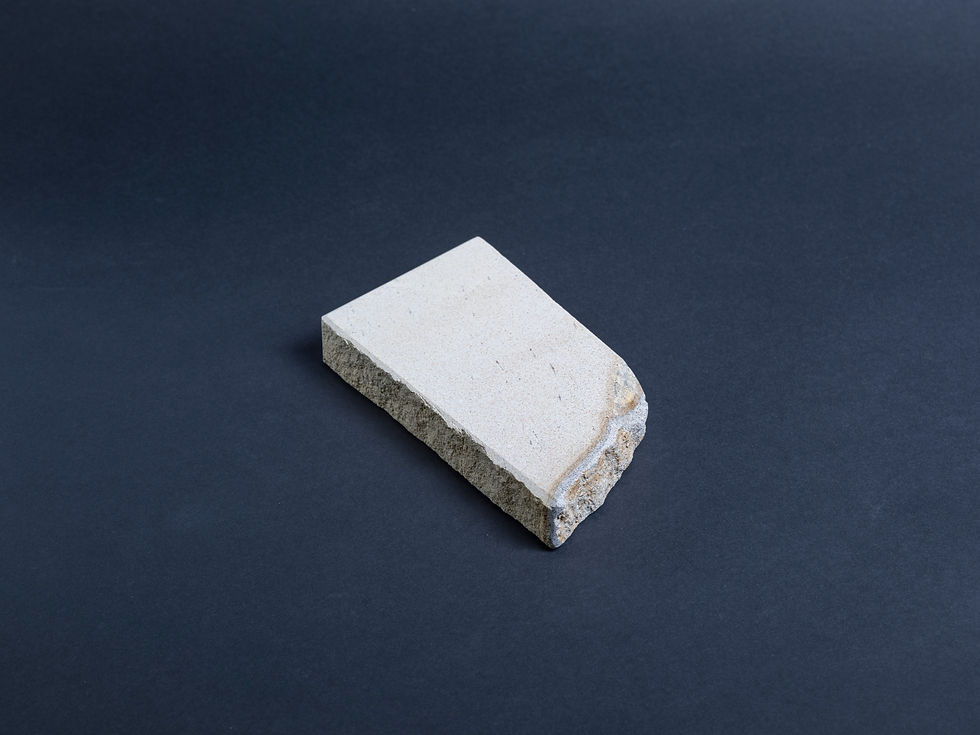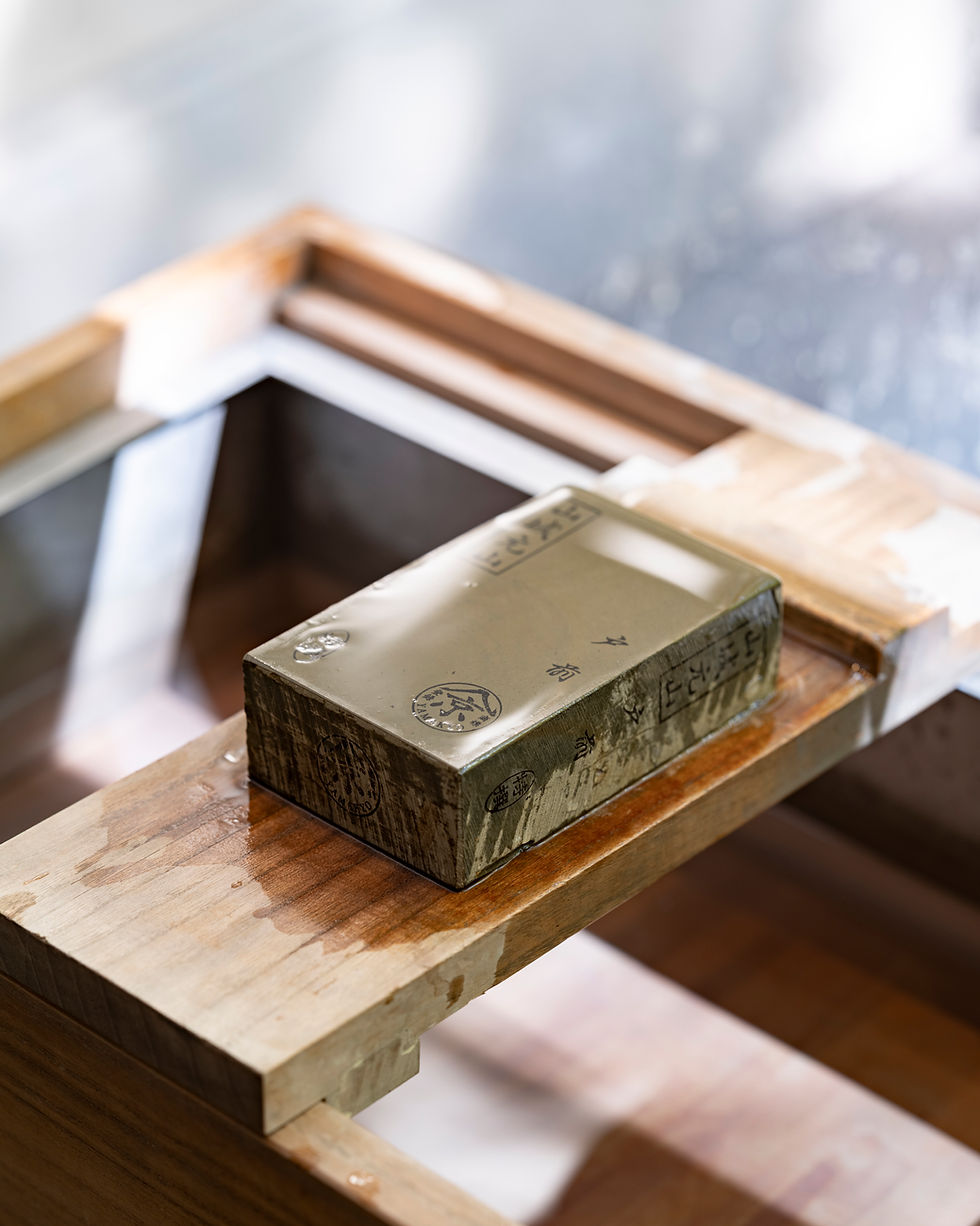Deba knife sold with sheath
Steel: White2 (Shirogami 2)
Handle: magnolia wood
Magnolia scabbard
This knife can be ordered in another steel and/or another size.Ask us for a quote!
The deba is the knife to cut whole fish: remove the fillets, cut the fins, cut the head and the central bone. To accomplish all these tasks, different parts of the knife are used, which have a different thickness and angle, wide and thick (and heavy as a result) it is resistant to work on the edges.
With a little technique it allows a clean work and less loss on the fish.
An exceptional cutting edge
The blade of this knife is made of forged carbon steel (shirogami 2 or white steel 2 type), it is a very pure steel, with a low chrome content. Its very high hardness (61-64HRC) gives it a lasting edge and the fact that it is forged (and not simply cut into its shape) allows for more refined sharpening.
The handle is made of magnolia wood, soft and light, it is the traditional wood for kitchen knife handles . It is naturally antiseptic and water resistant.
The bolster at the top of the handle is in buffalo horn. Black in most cases, it can be ocher, marbled or all white more rarely.
This knife was forged, sharpened and assembled in the tradition of Japanese cutlery specific to Sakaï (Osaka prefecture), the cradle of Japanese knives.
We work in close collaboration with the craftsmen and distributors of our products, do not hesitate to contact us if you have any questions!
Deba knife forged white carbon steel2
Care advice
The blade is made of carbon steel, more sensitive to oxidants such as water or acids. It must be cleaned as soon as possible after use, or simply wiped with a cloth if it cannot be washed immediately.
If an oxidation stain appears on the surface, remove it as soon as possible. It remains superficial at first and can be removed with a sponge.
The blade will naturally darken over time and form a protective patina.
From time to time, a complete cleaning can be done during a sharpening for example.
The handle does not require any special treatment.
Wash the knife (blade and handle) by hand with dishwashing liquid and an ordinary sponge, then dry with a towel.
Never dry with hot air. Do not machine wash.
Keep the knife in a dry place.
Avoid hard foods. For hard vegetables (such as pumpkin), or foods that may contain bones or bones, keep a specific knife at home, thicker or at the end of its life, a knife that is not afraid of being a little chipped._cc781905-5cde- 3194-bb3b-136bad5cf58d_Reserve your good knives for safe cuts.
Sharpening or honing:
No knife is forever, they all need to be sharpened at some point. And it is up to each user to determine when it no longer cuts enough and therefore needs to be sharpened. Do not wait too long once it cuts less well, the more it will be worn the longer it will take to restore. Avoid the use of the rifle, prefer sharpening on stone.
To learn or improve stone sharpening, we offer workshops this way!
For any other information, write to us in the contact box.

































